Vervet monkeys (Chlorocebus pygerythrus), with their distinctive blue scrotums and grayish-green fur, have become increasingly problematic in many tourist destinations across Africa and the Caribbean islands. These highly adaptable primates naturally inhabit savanna and woodland areas across much of sub-Saharan Africa, but their intelligence and opportunistic nature have led them to thrive in human-modified environments. In tourist areas, vervets have learned that humans represent an easy source of food, creating a complex and often problematic relationship between these primates and the tourism industry.
The challenges posed by vervet monkeys are particularly acute in countries like Kenya, South Africa, and St. Kitts and Nevis, where large populations have adapted to exploit tourist behavior. Unlike many wildlife species that shy away from human contact, vervets have become increasingly bold in their interactions, approaching tourists directly and developing sophisticated strategies to obtain food. This growing interface between vervets and tourists has transformed these engaging primates from a wildlife attraction into what many consider a significant tourist nuisance in numerous destinations.
Natural History and Distribution of Vervet Monkeys
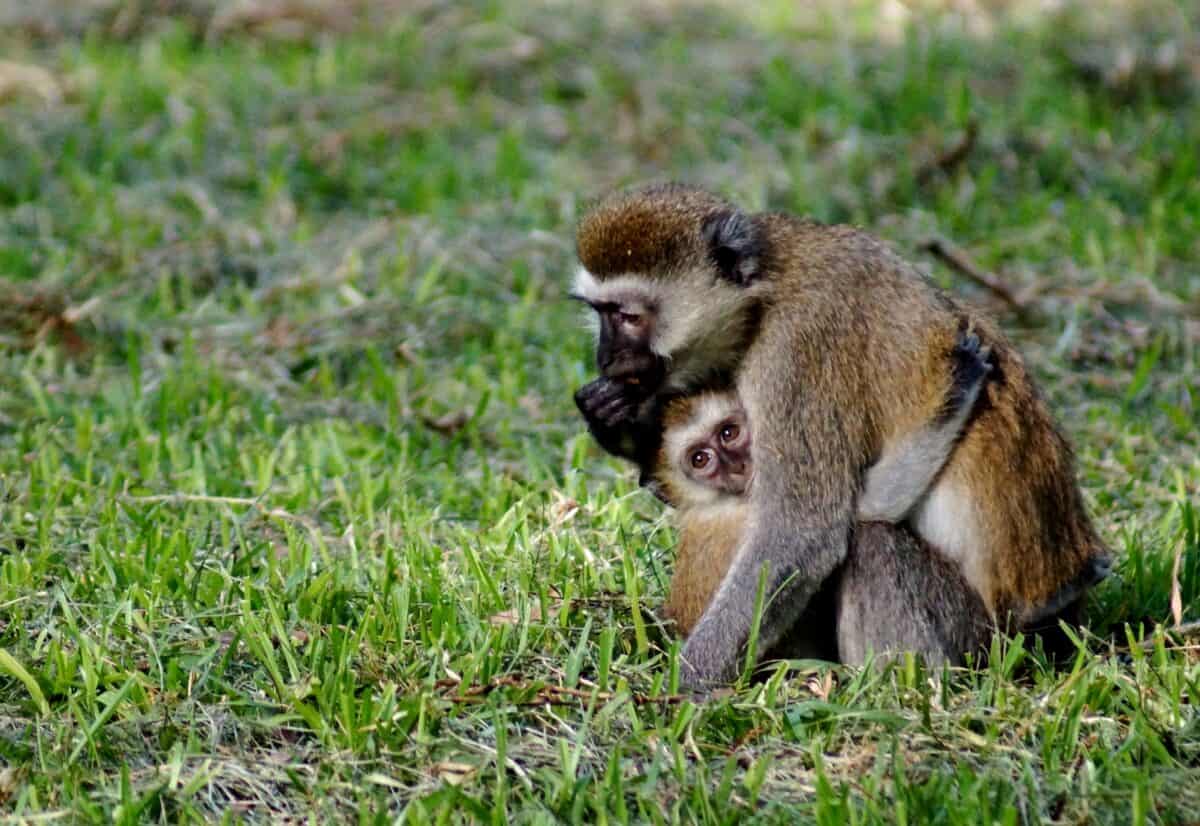
Vervet monkeys belong to the Old World monkey family and are native to eastern and southern Africa. Their natural range extends from Ethiopia and Somalia in the north to South Africa in the south. They’ve also been introduced to several Caribbean islands, including Barbados and St. Kitts and Nevis, during the colonial era when they were brought as pets. Standing approximately 16-20 inches tall and weighing between 7-17 pounds, vervets are medium-sized monkeys with distinctive features including facial markings, bluish-green genitalia in males, and grayish fur with a yellowish tinge.
In their natural habitat, vervets live in social groups of 10-50 individuals with a clear dominance hierarchy. They’re primarily vegetarian, consuming fruits, leaves, seeds, and flowers, though they occasionally supplement their diet with insects, eggs, and small vertebrates. Their natural predators include leopards, pythons, and various birds of prey. This evolutionary history has shaped their behavior, making them naturally cautious but also adaptable—traits that have served them well in human-modified environments where traditional predators are absent and new food sources abundant.
Behavioral Adaptations to Human Environments
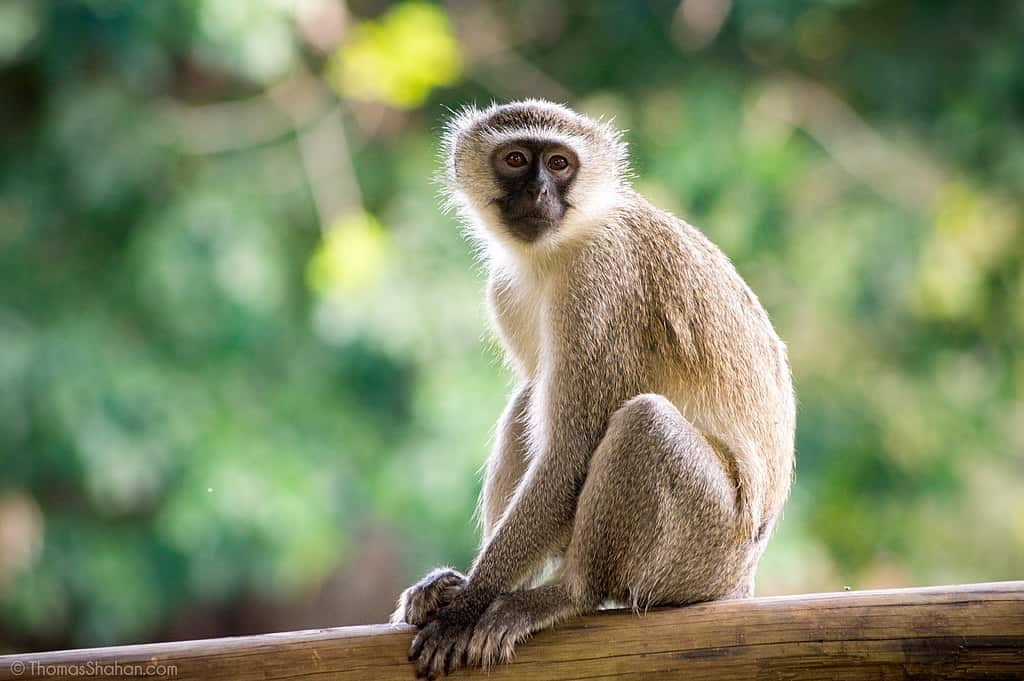
Vervet monkeys possess remarkable cognitive abilities that have allowed them to quickly adapt to human presence. Their intelligence enables them to learn through observation and retain knowledge of human patterns and behaviors. In tourist areas, they’ve developed sophisticated strategies for obtaining food, including timing their raids to coincide with meal services at outdoor restaurants or when tourists are distracted taking photographs. Some vervets have even learned to recognize shopping bags and backpacks as potential sources of food, targeting these items specifically.
Their social structure has also evolved in tourist settings. Researchers have observed that vervet troops in tourist areas often maintain smaller territories than their wild counterparts, concentrating around reliable food sources like resorts and picnic areas. Their natural wariness has diminished through frequent human contact without negative consequences, and younger monkeys learn from older group members that humans pose little threat. This intergenerational learning accelerates behavioral adaptations, with each generation becoming more adept at exploiting the tourist environment than the last.
Food Snatching and Aggressive Behaviors
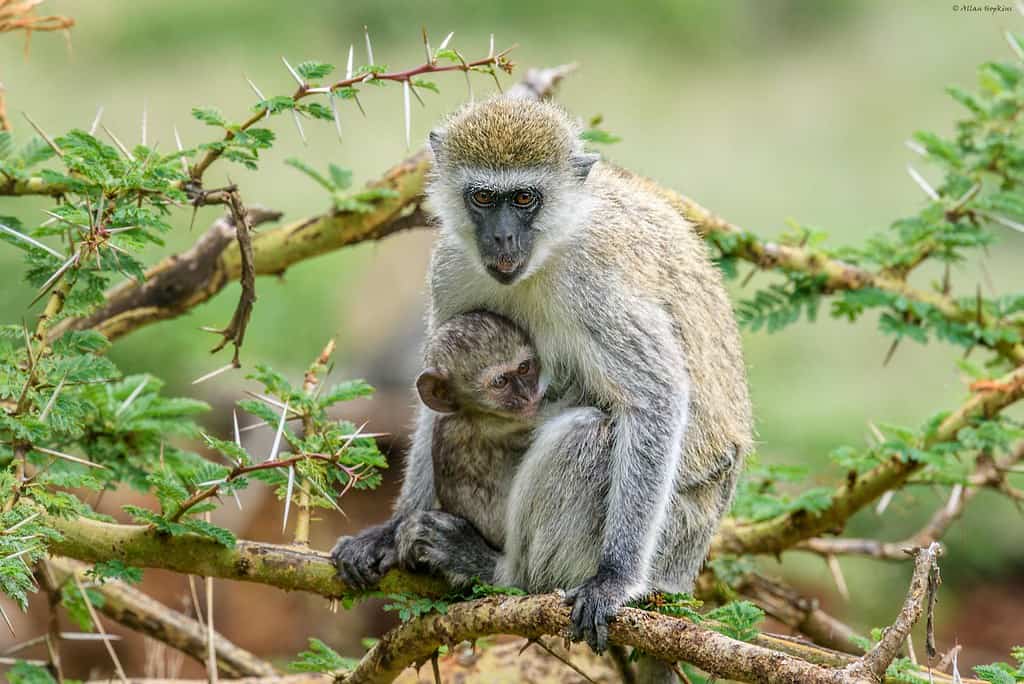
Perhaps the most problematic behavior exhibited by vervet monkeys in tourist areas is food snatching. Vervets have become increasingly bold in their pursuit of human food, often grabbing items directly from tourists’ hands, tables, or even entering hotel rooms through open windows or doors. Their speed and agility make these raids difficult to prevent, and many tourists are caught off guard by the monkeys’ boldness. These incidents typically occur at outdoor dining areas, picnic spots, and beaches where food is openly displayed and easily accessible.
While vervets are generally not aggressive toward humans without provocation, conflicts can escalate when food is involved. If tourists attempt to protect their food or recover stolen items, vervets may display threatening behaviors including baring teeth, lunging, or even biting in extreme cases. These aggressive interactions are more common when vervets feel cornered or when tourists attempt to feed them but then withhold food. The risk of aggression increases when monkeys have been repeatedly fed by humans and begin to expect food from all human encounters, creating a dangerous sense of entitlement among these wild animals.
Health and Safety Concerns for Tourists
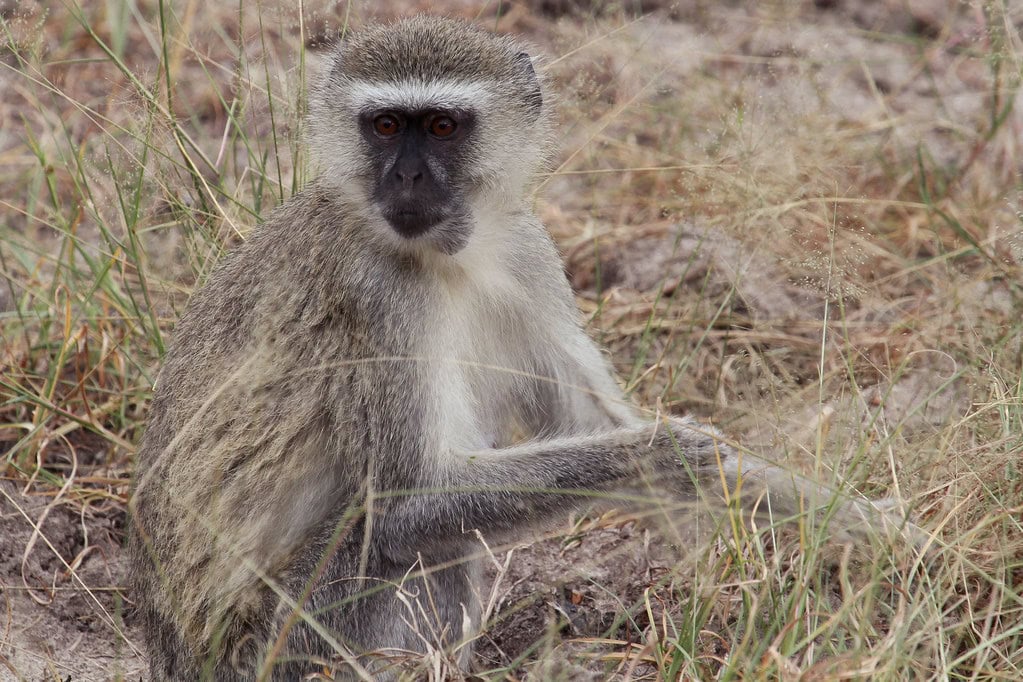
Beyond the nuisance factor, vervet monkeys pose legitimate health and safety concerns for tourists. Like all non-human primates, vervets can carry zoonotic diseases transmissible to humans, including herpes B virus, tuberculosis, and various bacterial infections. While disease transmission from vervets to humans is relatively rare, the risk increases with direct contact, particularly through bites or scratches. Even minor injuries from vervet encounters can become serious if not properly treated, as monkey bites can cause deep puncture wounds prone to infection.
Psychological impacts on tourists should not be underestimated either. For many visitors, especially those traveling with small children, aggressive food-snatching incidents can be frightening and potentially traumatic. These encounters can significantly diminish the quality of a vacation experience, turning what should be a pleasant wildlife observation into a stressful confrontation. Tourism operators report that negative monkey encounters rank among the most common complaints in areas with high vervet populations, affecting visitor satisfaction and potentially discouraging return visits.
Economic Impact on Tourism Businesses
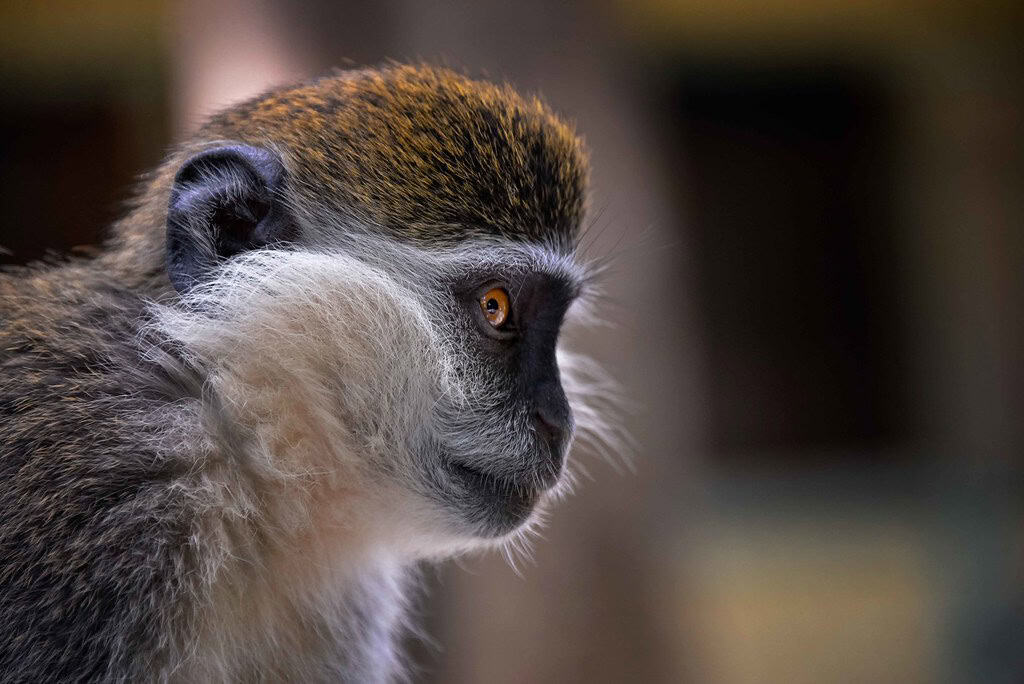
The pest status of vervet monkeys creates substantial economic challenges for tourism businesses in affected areas. Restaurants and resorts must invest in monkey-proofing measures such as screened dining areas, specialized waste management systems, and sometimes even employing staff specifically to deter monkeys. These preventative measures represent a significant operational cost that ultimately affects the bottom line. Some establishments report spending thousands of dollars annually on monkey management strategies, from simple garbage can locks to sophisticated deterrent systems.
Beyond direct costs, businesses suffer indirect economic impacts when monkey incidents affect customer satisfaction. Negative reviews mentioning monkey problems can damage a business’s reputation and deter potential customers. In competitive tourism markets, this reputation damage can be particularly harmful. Some resorts in monkey-prone areas of South Africa and the Caribbean have reported that monkey management has become one of their most significant operational challenges, requiring constant adaptation and innovation to maintain a positive guest experience while coexisting with these intelligent primates.
The Role of Tourist Behavior in Exacerbating Problems
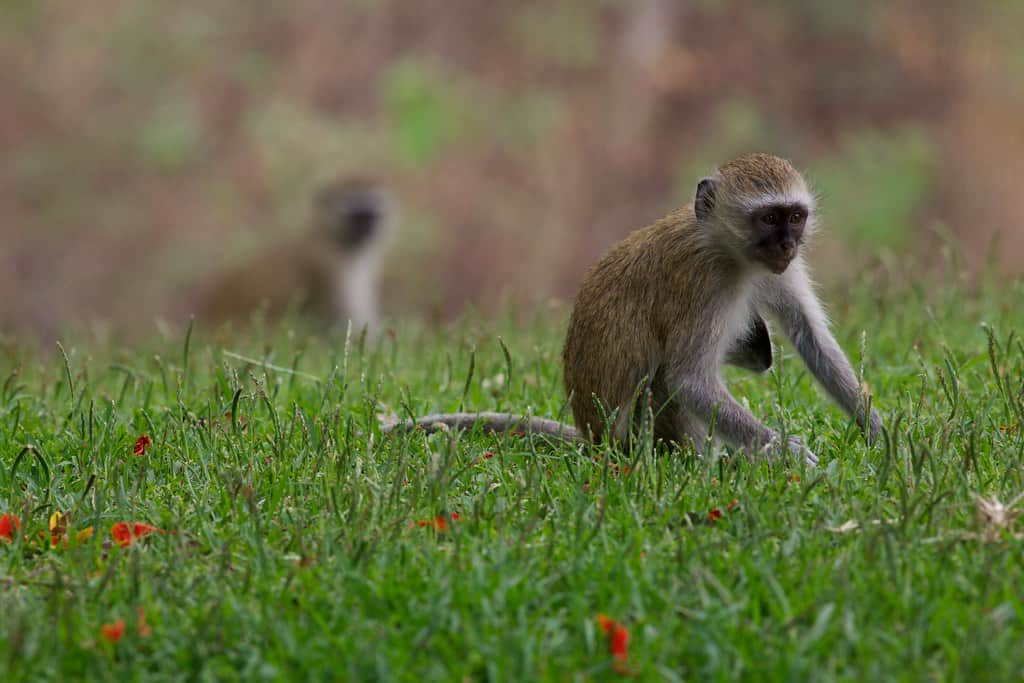
While vervets’ natural adaptability predisposes them to exploit human environments, tourist behavior often intensifies these problems. Despite prominent signage and verbal warnings from staff, many tourists deliberately feed monkeys, finding their interactions entertaining and photo-worthy. This intentional feeding drastically alters natural monkey behavior, teaching them to associate humans with easy food rewards. Even a single feeding instance can reinforce problematic behaviors that may affect dozens of future tourists’ experiences, as monkeys don’t distinguish between those who feed them and those who don’t.
Equally problematic is unintentional feeding through poor food management. Tourists who leave food unattended, discard edible waste in accessible locations, or fail to secure food items in their accommodations inadvertently provide opportunities for vervets to obtain rewards. Many tourists underestimate vervets’ persistence and problem-solving abilities, leaving windows or doors open while food is visible inside. Education efforts by tourism operators have shown some success in modifying tourist behavior, but the constant influx of new visitors makes consistent compliance difficult to achieve, creating an ongoing management challenge.
Management Strategies and Deterrents
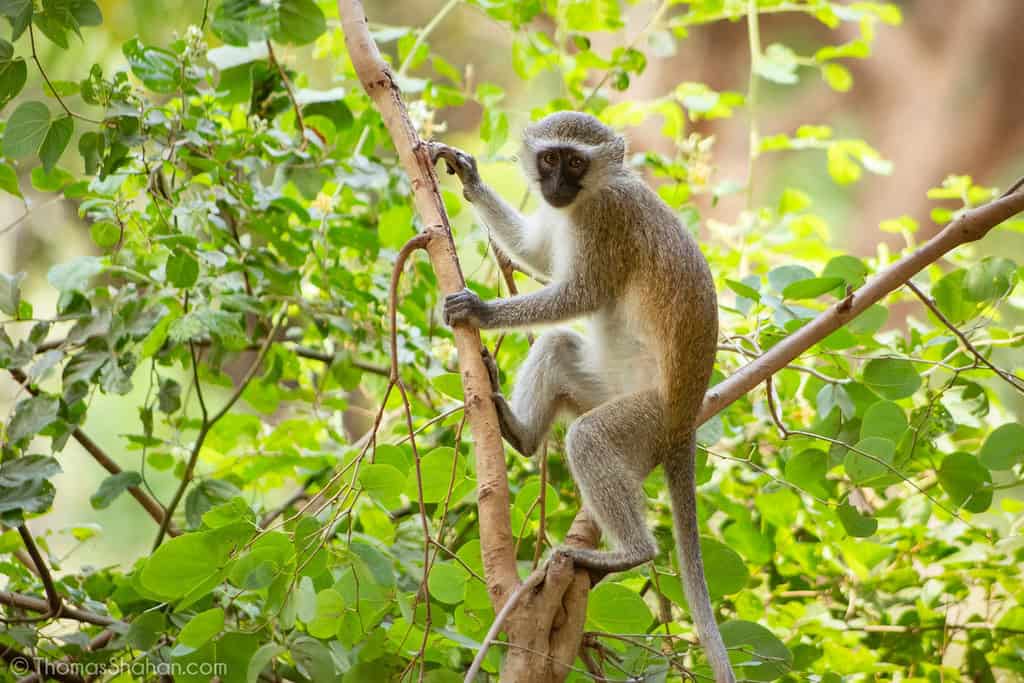
Tourism destinations have implemented various management strategies to address vervet monkey issues. Physical barriers represent the most common approach, including monkey-proof garbage containers, screened dining areas, and specialized door and window latches that monkeys cannot operate. Some resorts employ dedicated “monkey chasers” whose sole responsibility is to monitor property boundaries and humanely discourage monkeys from entering guest areas. Electronic deterrents like motion-activated sprinklers have shown promise in some locations, creating uncomfortable but harmless experiences that teach monkeys to avoid certain areas.
Behavioral modification approaches focus on making human-monkey interactions less rewarding for the primates. This includes strict enforcement of no-feeding policies with financial penalties for tourists who violate rules. Some destinations have implemented designated feeding areas far from main tourist facilities, attempting to redirect monkey activity away from high-value commercial zones. More controversial methods include using model predators or playing recorded predator calls, though these tend to lose effectiveness as monkeys quickly learn these pose no actual threat. The most successful management programs typically combine multiple approaches tailored to specific local conditions.
Conservation Considerations and Ethical Dilemmas
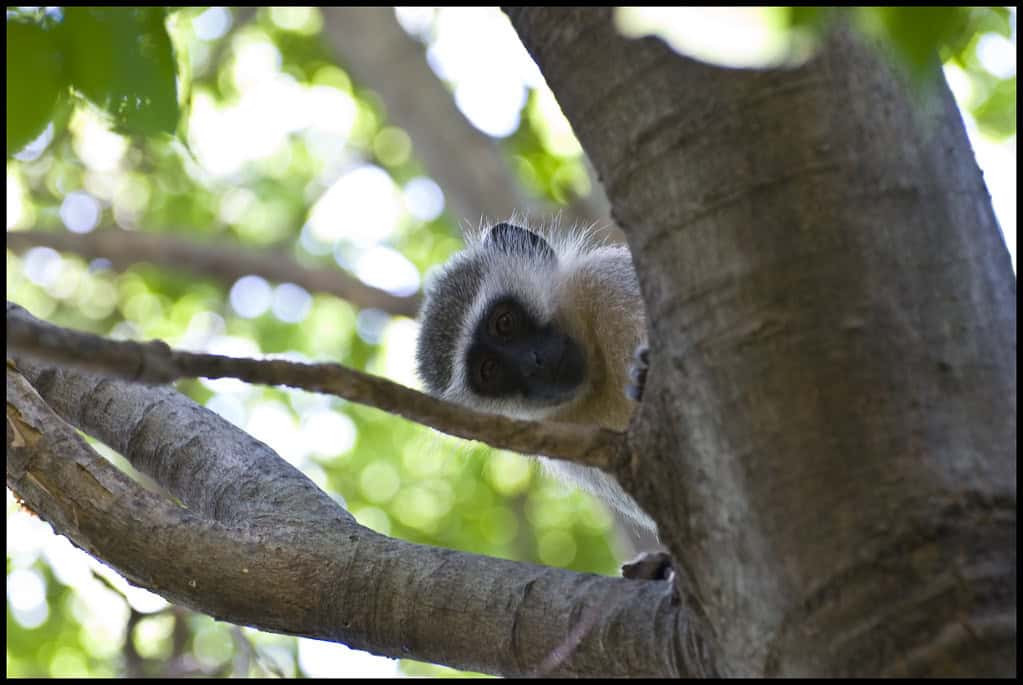
The pest status of vervet monkeys creates challenging conservation and ethical dilemmas. Despite being problematic in tourist areas, vervets remain wild animals deserving of ethical treatment and conservation consideration. In many regions, vervets face habitat loss from development and agricultural expansion, making human-modified environments increasingly important for their survival. Conservation organizations emphasize that humane management approaches should be prioritized over lethal control methods, focusing on coexistence strategies that protect both monkey populations and human interests.
The ethical dimensions of vervet management are complex. While some stakeholders advocate for stronger control measures, including population reduction through sterilization or relocation, others argue that humans have a responsibility to adapt to wildlife rather than expecting wildlife to accommodate human preferences. Tourism that promotes seeing animals in their natural context rather than as entertainers or pets represents a more sustainable approach. Finding this balance requires ongoing dialogue between conservation experts, tourism operators, and community representatives to develop contextually appropriate solutions that respect both human needs and animal welfare.
Case Study: St. Kitts and Nevis Vervet Management

The Caribbean islands of St. Kitts and Nevis provide a fascinating case study in vervet monkey management. Introduced during the colonial era, vervets have thrived on these islands, with current population estimates exceeding 30,000 individuals—a remarkable density for islands totaling just 104 square miles. As tourism has grown to become the islands’ economic backbone, replacing the traditional sugar industry, human-monkey conflicts have intensified. The government has responded with a multi-faceted approach that includes a dedicated Monkey Management Task Force coordinating efforts across tourism, agriculture, and conservation sectors.
Innovative solutions on these islands include “monkey-proofing” training for hotels, restaurant staff education programs, and strategic land management to create buffer zones between prime monkey habitat and tourist facilities. The islands have also developed educational materials specifically for tourists, explaining the historical context of vervets on the islands and providing clear guidelines for responsible wildlife viewing. While challenges persist, this coordinated approach has shown promising results in reducing conflict incidents while maintaining healthy vervet populations, demonstrating that coexistence is possible with proper management and education.
The Future of Human-Vervet Coexistence in Tourism Areas
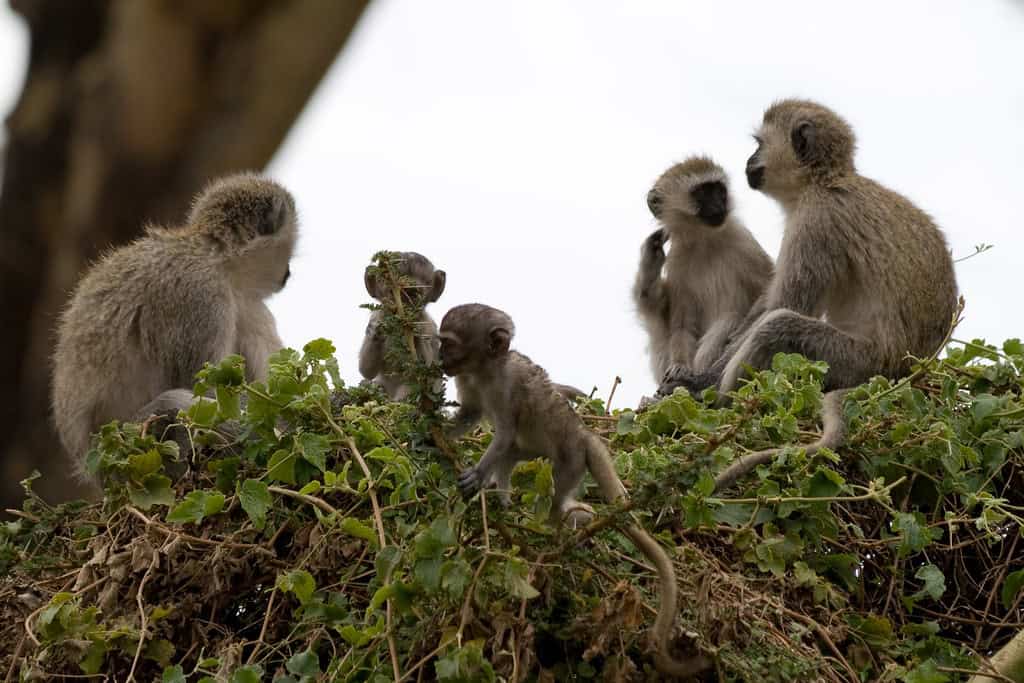
As global tourism continues to expand into wildlife habitats, human-vervet conflicts will likely increase without proactive management. Emerging technologies offer new possibilities for non-intrusive management, including advanced barrier systems, predictive modeling to anticipate monkey movement patterns, and even facial recognition technology to identify individual problem monkeys for targeted management. These technological solutions, combined with improved understanding of vervet behavior and psychology, may provide more effective and humane management options in the future.
Ultimately, successful coexistence will require a shift in tourism practices and visitor expectations. Tourism marketing that presents realistic expectations about wildlife encounters and emphasizes observation over interaction can help prepare tourists for appropriate behaviors. “Monkey-aware” certification programs for tourism businesses could provide market incentives for implementing best practices. As tourists become more environmentally conscious, destinations that manage human-wildlife conflicts effectively while maintaining authentic wildlife experiences may gain competitive advantages, turning what was once considered a liability into a sustainable tourism asset.
Conclusion: Balancing Tourism and Wildlife Needs

The pest status of vervet monkeys in tourist areas represents a classic human-wildlife conflict scenario where neither absolute removal nor unmanaged interaction is a viable solution. The complexity of the issue stems from the remarkable adaptability and intelligence of these primates, combined with the often problematic behaviors of humans in wildlife tourism settings. Moving forward requires acknowledging that vervets are responding naturally to opportunities created by human activity, rather than deliberately causing problems.
Successful management must balance multiple considerations: the legitimate needs of tourism businesses, visitor safety and satisfaction, animal welfare concerns, and broader conservation objectives. This balance can only be achieved through collaborative approaches involving tourism stakeholders, conservation experts, and behavioral scientists working together on integrated solutions. While vervets will likely continue to present challenges in tourist areas, with proper management and educated tourists, these engaging primates can transition from being viewed primarily as pests to becoming valued components of a sustainable wildlife tourism experience.
The vervet monkey situation ultimately serves as a microcosm of larger questions about how humans and wildlife can coexist in an increasingly crowded world. The lessons learned from managing vervet-human interactions in tourist areas may provide valuable insights applicable to other human-wildlife conflict scenarios globally. By developing and sharing best practices across affected regions, the tourism industry has an opportunity to pioneer approaches that protect business interests while respecting the natural behaviors and needs of the wildlife that attracts visitors in the first place.
As with many wildlife management challenges, education remains the most powerful tool—helping tourists understand that by modifying their own behavior, they can enjoy authentic wildlife experiences without contributing to problems that diminish those experiences for others. The future of vervet monkey management in tourism areas will depend not just on better barriers and deterrents, but on fostering a tourism culture that values responsible wildlife observation over artificial interactions.
- What Makes Vervet Monkeys a Pest in Some Tourist Areas? - August 11, 2025
- How Giant Pandas Communicate Without Making a Sound - August 11, 2025
- The Reason Sloths Risk Their Lives to Poop on the Ground - August 11, 2025

